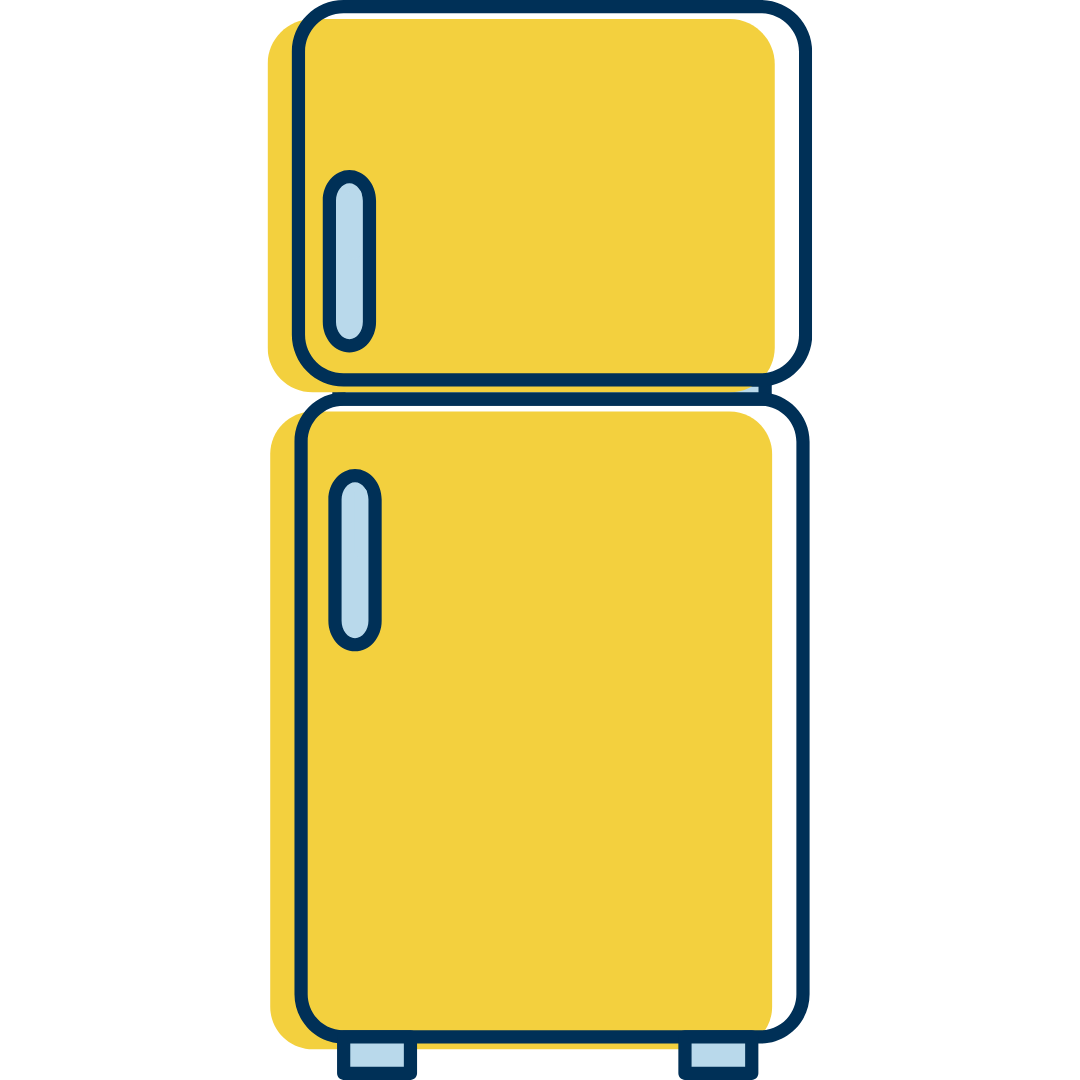Storage, Thawing, and Handling Donor Milk
Put frozen bottles of pasteurized donor human milk in a freezer as soon as possible

HAND HYGIENE
- Before handling milk or feeding equipment wash hands with soap and water for 20 seconds, with special attention to the area around and under the fingernails.
- Dry hands with a single-use paper towel.

STORING FROZEN MILK
- Store the milk in a freezer that always keeps ice cream hard (less than 0oF).
- Store in the back of a freezer and NOT the door to ensure consistent and coldest temperatures.

THAWING FROZEN MILK
- Never thaw frozen human milk in a microwave oven or hot water.
- The preferred way to thaw frozen milk is to place it in the refrigerator overnight.
- Frozen milk can be thawed quickly in a container of warm water (not to exceed 98oF). Take care that the water does not touch the lid. When milk is liquid and still chilled, dry and refrigerate until use.
- Thaw 1 bottle at a time and defrost the entire bottle. Do not pour off partially thawed milk.
- When completely thawed remove amount needed to supplement.
- Once the milk is liquid, it may be maintained for up to 48 hours in the back of a refrigerator (32-39oF) and not the door.

HANDLING PASTEURIZED DONOR HUMAN MILK
- Thawed milk should NOT be left at room temperature.
- Once milk is thawed, it cannot be refrozen.
- Use thawed refrigerated pasteurized donor milk within 48 hours.
- Pasteurized donor milk offered for a feed that is unfinished may be refrigerated and offered for the next feeding. Discard if not finished within 6 hours.

WARMING FOR FEEDING
- Warm an individual feeding by standing the container of milk in warm water or holding under warm water with the cap above the water.
- Before feeding – swirl gently (do not shake) the container to ensure an equal distribution of the nutrients.
Storing, Thawing, Handling Donor Milk – English
Storing, Thawing, Handling Donor Milk – Spanish
Source: Best Practice for Expressing, Storing, and Handling Human Milk in Hospitals, Homes, and Child Care Settings, 4th Edition, 2019, HMBANA.
